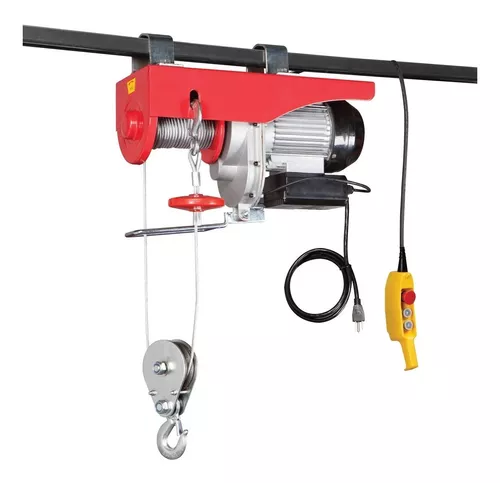Garden centres play a vital role in greening urban communities, transforming concrete landscapes into vibrant, sustainable environments. As urbanization accelerates, cities face numerous challenges, including air pollution, heat islands, and loss of biodiversity. Garden centres address these issues by providing access to plants, trees, and gardening resources that encourage green practices among residents. They serve as community hubs, educating individuals about the importance of greenery in enhancing urban ecosystems and promoting mental well-being. One of the primary ways garden centres contribute to urban greening is through the promotion of native plants. Native species are adapted to the local climate and soil conditions, requiring less water and maintenance than non-native varieties. By encouraging the use of native plants, garden centres help restore local ecosystems, support pollinators, and enhance biodiversity. This is particularly crucial in urban areas where habitats for wildlife are increasingly scarce. Workshops and informational sessions offered by garden centres teach residents how to choose and care for native plants, fostering a sense of stewardship towards local ecosystems.
In addition to promoting biodiversity, garden centres often provide resources for urban gardening. As more people live in apartments or homes with limited outdoor space, container gardening, vertical gardening, and community gardens have gained popularity. Garden centres facilitate this trend by offering a variety of containers, soil mixes, and urban gardening tools. They also serve as platforms for local community initiatives, helping to establish and maintain community gardens that not only beautify neighborhoods but also provide fresh produce to residents. These gardens can help mitigate food deserts in urban areas, ensuring that local populations have access to healthy food options. Moreover, garden centres frequently advocate for sustainable gardening practices, educating urban dwellers about organic gardening methods, composting, and water conservation. By promoting these practices, they help reduce the ecological footprint of urban gardening and encourage residents to adopt environmentally friendly habits. Educational programs on permaculture and regenerative gardening can empower individuals to create self-sustaining gardens that contribute to the local ecosystem rather than depleting it.
The impact of Garden Centre Boyle extends beyond the individual gardener. They often collaborate with local governments and non-profit organizations to implement greening projects, such as planting trees along streets, creating green roofs, or establishing urban parks. These collaborations help cities become more resilient to climate change by improving air quality, reducing stormwater runoff, and lowering urban temperatures. Garden centres can provide the expertise and resources needed for these initiatives, ensuring they are effective and sustainable in the long term. Furthermore, garden centres can enhance community cohesion by bringing people together through gardening events, plant swaps, and educational workshops. These activities foster social connections and create a shared sense of purpose among residents. When individuals participate in greening initiatives, they develop a deeper appreciation for their environment and a stronger commitment to caring for their community. In conclusion, garden centres are essential players in the movement to greenify urban communities. They offer valuable resources, promote biodiversity, and educate residents on sustainable gardening practices.
 Scientific studies have begun to explore the potential benefits of THCA, revealing its anti-inflammatory, neuroprotective, and anti-emetic properties. Preliminary research indicates that THCA may be effective in reducing inflammation, making it a promising option for individuals with conditions like arthritis or Crohn’s disease. Moreover, its neuroprotective properties may hold potential for neurodegenerative diseases such as Alzheimer’s and Parkinson’s, as early studies suggest that THCA can help protect brain cells from damage. Additionally, THCA has shown promise in combating nausea and vomiting, particularly in patients undergoing chemotherapy, making it a valuable alternative for those seeking relief without the psychoactive effects of THC. The integration of THCA flower into modern healing practices is also reflected in the increasing number of dispensaries and wellness centers offering cannabis products tailored to health-conscious consumers. As patients and practitioners alike recognize the therapeutic potential of THCA, many are turning to it as a natural remedy for various ailments. This shift is indicative of a broader trend in healthcare that emphasizes patient-centered approaches and the importance of individual choice in treatment options.
Scientific studies have begun to explore the potential benefits of THCA, revealing its anti-inflammatory, neuroprotective, and anti-emetic properties. Preliminary research indicates that THCA may be effective in reducing inflammation, making it a promising option for individuals with conditions like arthritis or Crohn’s disease. Moreover, its neuroprotective properties may hold potential for neurodegenerative diseases such as Alzheimer’s and Parkinson’s, as early studies suggest that THCA can help protect brain cells from damage. Additionally, THCA has shown promise in combating nausea and vomiting, particularly in patients undergoing chemotherapy, making it a valuable alternative for those seeking relief without the psychoactive effects of THC. The integration of THCA flower into modern healing practices is also reflected in the increasing number of dispensaries and wellness centers offering cannabis products tailored to health-conscious consumers. As patients and practitioners alike recognize the therapeutic potential of THCA, many are turning to it as a natural remedy for various ailments. This shift is indicative of a broader trend in healthcare that emphasizes patient-centered approaches and the importance of individual choice in treatment options.